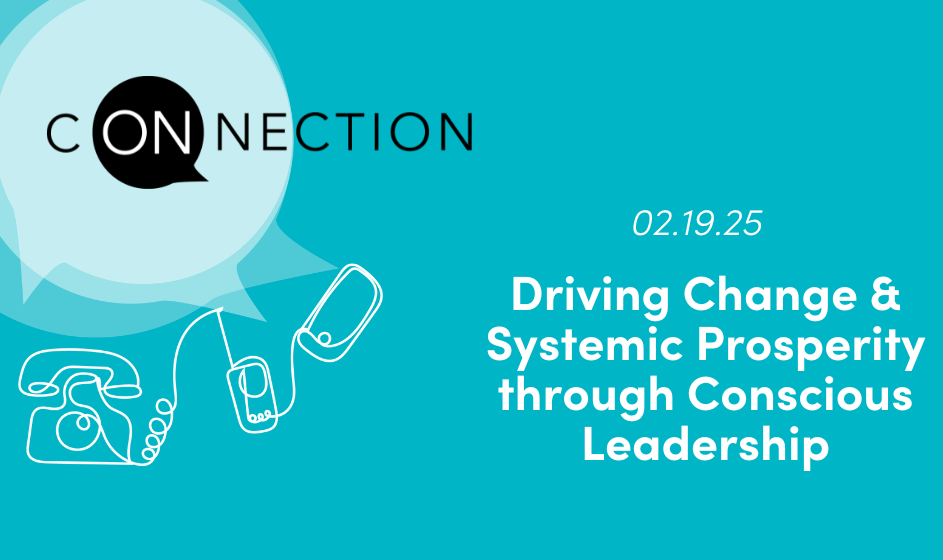It’s that time again, when we close out one year and begin to set goals and objectives for the year ahead. Along with holiday celebrations and the promise of time off, for many organizations ‘tis the season for performance assessments. Right around this time we tend to hear from clients that their leaders and managers need help with “giving feedback,” which any leader will tell you is anything but sparkly and festive. The word alone is enough to send most people into a stress response – that pit in your stomach, “uh-oh” kind of feeling.
In the spirit of improving performance, many managers rely simply on “constructive” feedback, which tends to lean towards focusing on all of the things employees could do better. While identifying gaps and places where there is room for growth is a critical part of performance improvement, it isn’t enough to cause a reliably valuable shift in behavior. To give high-quality feedback that makes an impact, we recommend focusing on a few key things.
Always start with purpose
If you want to improve how you deliver feedback and assess performance, a great place to start is by asking, what’s the purpose? Why do we do year-end reviews? What outcomes are we hoping for? Even if you do reviews at another time of year, this is a great question to come back to. Feedback is simply a method for achieving something, so in each conversation consider what the purpose of providing that feedback is.
It could be to close a gap in performance, or an opportunity to address a chronic concern about an employee’s behavior. It could also be to bring out the best contribution they have to offer, or to encourage even more of something they’re already contributing. It could be to enhance the results and joy of a team, or to create a more trusting working relationship. Let the purpose drive the conversation.
Make feedback relevant for the person receiving it
The purpose also needs to be tied to something the person receiving it cares about. In past careers, I’ve been given feedback because my manager wanted to ensure I could get promoted, but at that moment in time I had no desire to get promoted! So, the likelihood I would do anything with that feedback wasn’t very high.
Often, I hear managers say that it’s the time of year when they’re supposed to do performance reviews. When it’s a chore to check off, it can feel like we have to identify a deficiency to work on, but if that gap isn’t tied to something meaningful it’s not likely to accomplish much and can actually do more harm than good. Maybe the employee expressed some personal goals they had wanted to focus on for the year. Bring those back out and have a conversation about how they feel they’ve progressed, contributing your own observations. Maybe the team or the organization has some clearly defined competency areas that they already know guide evaluation. Have you had a conversation about what those competencies mean in their context? This is a great time to gain insight into what matters most to the employee and where that intersects with what matters to the organization.
Connect their strengths to the challenges at hand
If you start with a strong, clear purpose that matters to the person receiving the feedback, you’re off to a great start. Next look at the strengths the person has that are relevant and appreciated. How might those strengths be leveraged further? Do they fully recognize their own contributions?
A great team is made up of individuals with unique and valuable strengths. In the day-to-day, those natural talents can be left underutilized, which is a loss not only for that person but for the organization. Waking people up to what they naturally have to give and how needed their contribution is can cause them to feel more connected, engaged and motivated.
The key here is to make sure the strength is tied to a real organizational need. This isn’t about shallow cheerleading, where you say a nice thing before you say something critical. This is an opportunity to connect honestly to the facts and explain how the person’s strengths can be brought to real challenges.
An opportunity for appreciation
There’s a great Voltaire quote that says, “Appreciation is a wonderful thing: It makes what is excellent in others belong to us as well.” The same is true of giving positive feedback. Something I encourage clients to consider is how often they appreciate the gifts and talents of employees and how good they are at verbalizing it. When done well, positive feedback can have a tremendous impact not only on the employee that’s being appreciated but on others too.
True appreciation is an opportunity as a leader to communicate what matters most to you, and to help people see what you’re using to measure performance. Just like with constructive feedback, you want to acknowledge what happened and the impact it had. What specifically did the person do? When this is clear they know what to do again. By sharing the impact that it had you can emphasize the benefits of their actions along with why that impact matters. Everyone wants to contribute, so giving them an opportunity to see the difference they’ve made is a powerful way to show people that they’re valued.
Sharing why that impact matters also gives employees a much clearer picture of what you and the organization value most. Without that clarity employees are left to guess what you’re looking for. This wastes time and energy, and tends to cause more stress than necessary in getting their job done. Along with regularly communicating expectations, pointing out when they’re met offers a guidepost that supports efficiency and alignment.
Unlike constructive feedback, which is generally delivered to just the employee it’s relevant to, positive feedback can be given publicly (with some sensitivity to the employee’s comfort level of being recognized in public forums). When delivered openly, others have an opportunity to express their own appreciation and learn from those behaviors and qualities themselves. Creating a culture of appreciation is great for building trust and strengthening a sense of community.
Timing matters
There is no rule that performance reviews can only happen once a year. In fact, conversations about performance should ideally happen much more frequently. Raising concerns and appreciating contributions is best done as close to when the behavior took place as possible. Waiting too long leaves room for confusion and misalignment, and can easily feel out of context. Consider setting up cycles of review and adjustment throughout the year, so that development is supported and sustainable. At the start of the year, identify key milestones or measures achieved (or missed) that can be used as times to have performance conversations.
Performance conversations, both formal and informal, are one of the best chances to demonstrate what matters to you as a leader. How you host these conversations is a reflection of your leadership and the organization’s culture. If you approach them as a chance for the employee to be understood and for mutual learning, you’re much more likely to encourage great performance. Now that would make feedback actually feel like a gift.




